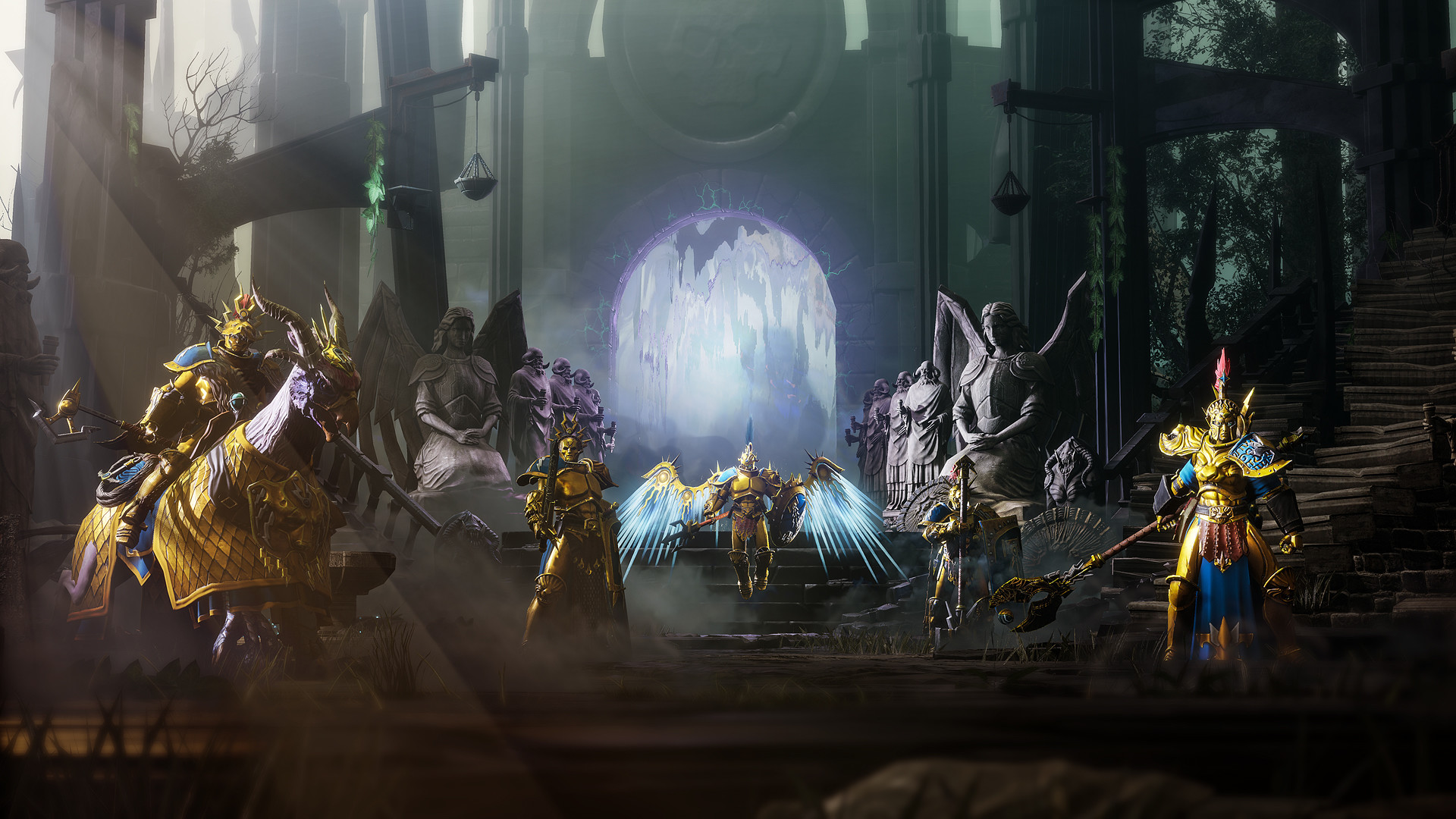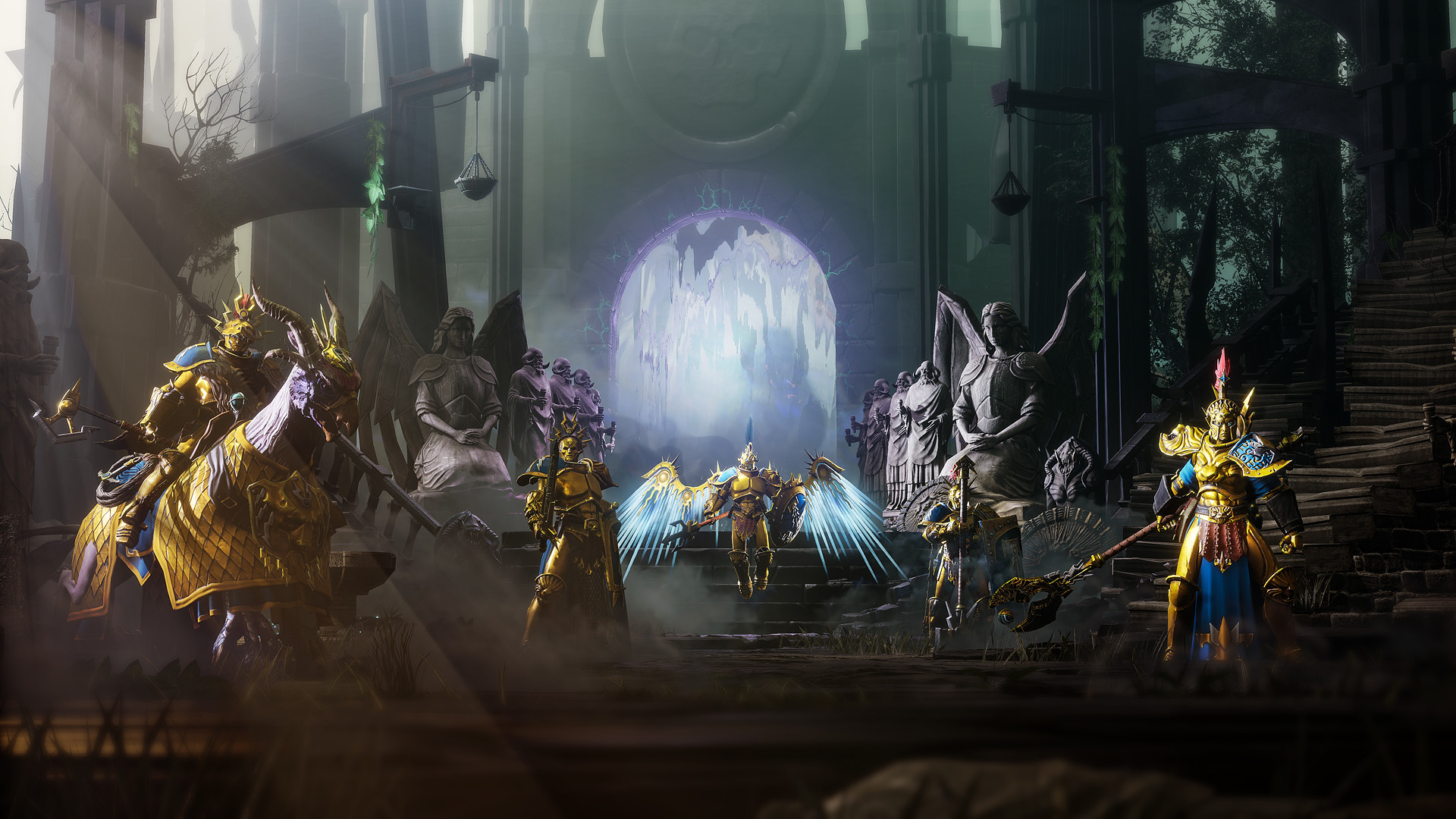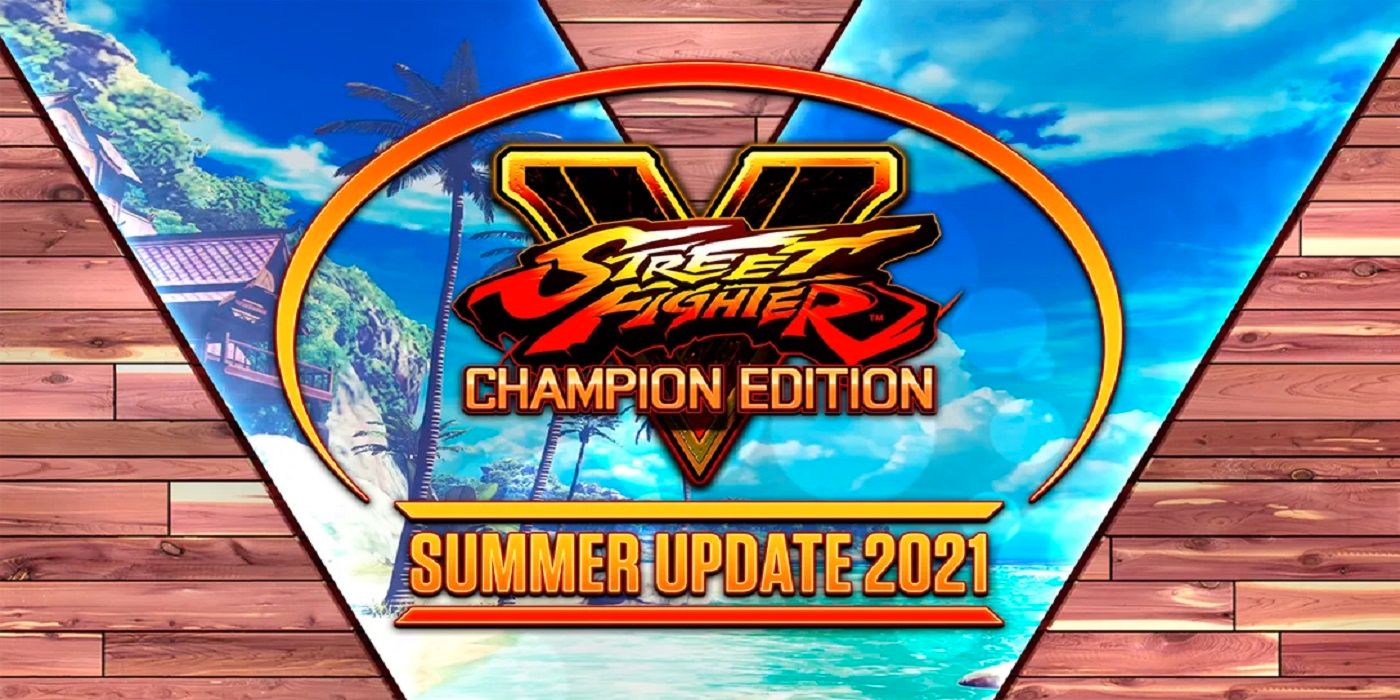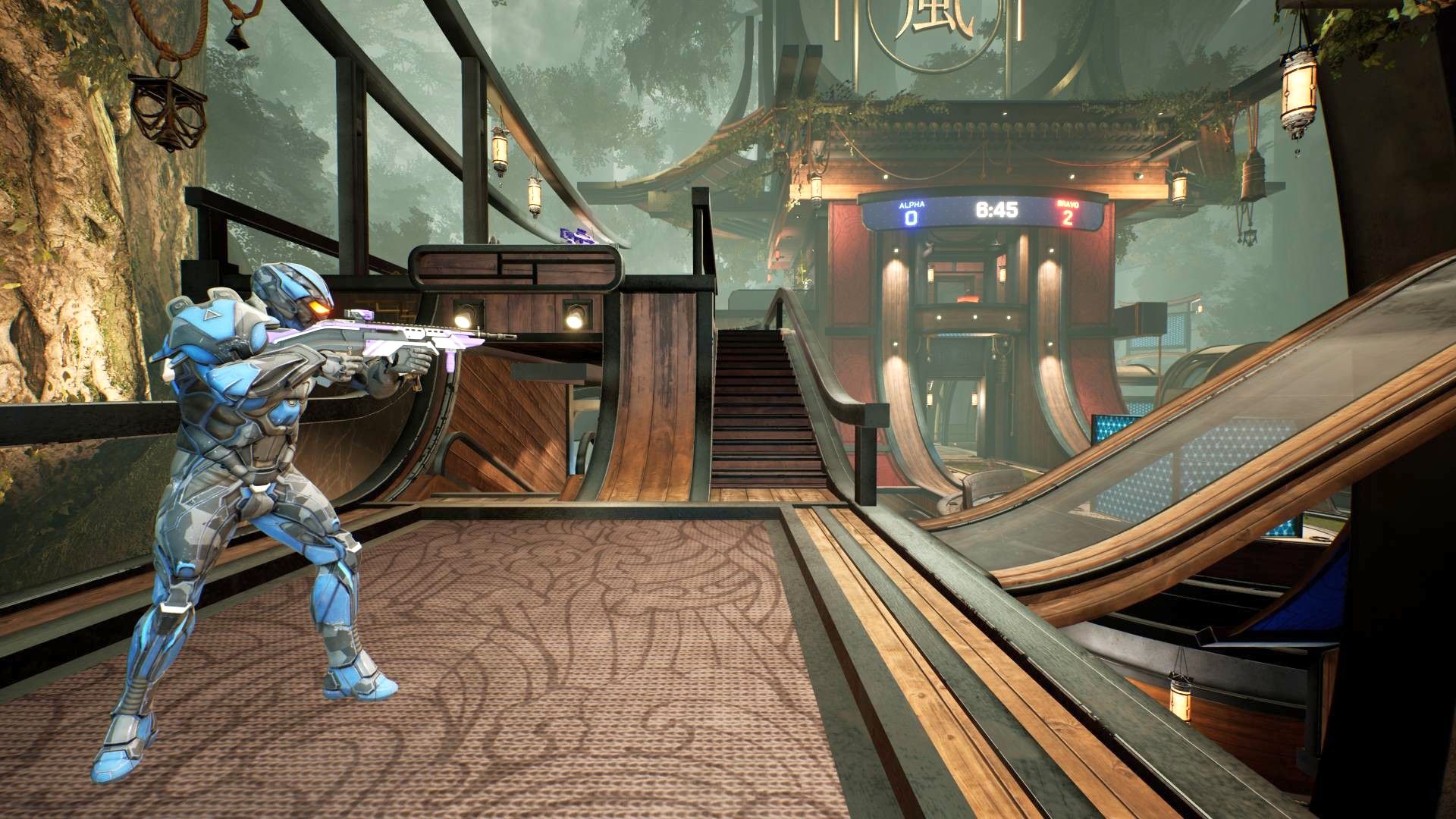
The longstanding Warhammer franchise has a storied history in gaming, so the Age of Sigmar title seemed to have an inevitable path to video games at some point, with its name recognition and dense fantasy lore. In some ways, Warhammer Age of Sigmar: Storm Ground is a fitting translation of the existing tabletop game, but it doesn’t stick the landing in a lot of its ideas, especially in the clash between its methodical gameplay’s pacing and the repetitive roguelike elements. Storm Ground’s best aspects are often at odds with its most prominent, making itself more frustrating than anything. Existing fans will certainly find things to enjoy, but Storm Ground doesn’t stand out in its increasingly crowded genre otherwise.
Storm Ground brings together many of the aspects of Warhammer Age of Sigmar into an isometric turn-based strategy game. You can choose to play as one of three factions. The Stormcast Eternals are the most familiar and easy-to-use, while the Nighthaunt and Maggotkin factions are unlocked a little later and introduce a few extra elements. The Nighthaunt can use Wisps, for example, to heal allies or spawn new ones at a given spot, and the Maggotkin can use the power of corruption to increase their damage. I personally preferred the Nighthaunt because of its speed and agility, but I appreciate that each faction feels somewhat different. Within each there are a handful of different character types and items to play around with, so even within factions there is some room to make it your own.
"Storm Ground’s best aspects are often at odds with its most prominent, making itself more frustrating than anything. Existing fans will certainly find things to enjoy, but Storm Ground doesn’t stand out in its increasingly crowded genre otherwise."
You’re given a choice at the outset of which faction you want to use, and whichever you choose will face off against either of the other two in each single mission. Combat is turn-based, as you control each of your faction’s members moving around a hex board and attacking the enemies or working through the environment. Not every member of your team spawns right away, either. Instead, your hero spawns first, and you can choose when during the mission to add any of the additional troops using cards and a Power unit, and there’s some strategy as to where and when you’ll want to spawn new troops, since some abilities allow you to spawn in certain areas away from the original starting position.
Storm Ground is at its best when you feel strongest, often combining your faction’s powers and abilities to create significantly more powerful attacks. It’s very possible to use a magic power to build up an ally’s attack and take out multiple enemies at once. Even when you aren’t playing off each other, many attacks, especially from slower, more powerful enemies, have a satisfying weight to them, even though your main method of differentiation is just how many health bars the enemy loses. But the catch for the entire gameplay front is that Storm Ground is a roguelike, so if your faction hero dies or you fail to complete a mission’s objective, like capturing a control point within a certain number of turns, you start all the way over and choose again. While ambitious, Storm Ground’s roguelike elements are ultimately some of its biggest misses, primarily because it doesn’t capture the strengths of the genre.
Campaigns are split into stages that might take 10-20 minutes each on your first go, depending on the difficulty, and a full campaign run might take about 3-4 hours when you finally beat it completely, and each faction has three campaigns to beat. There is loot that you can find around each level or whenever you die that allows you to get stronger after every run or at certain intervals, but, despite this ability to have a higher chance of success during every run, I very rarely felt like I was really improving at the game or that it was facilitating me improving my skills. When I had runs that lasted deep into a campaign or ultimately when I finished the campaigns, I felt more like many pieces had fallen into place for me in certain ways. I was certainly becoming more familiar with certain move sets and team combos that would get me a little bit further, but more often than not, my deaths felt more or less inevitable. Enemy AI isn’t always consistent, and the fact that allies permanently die unless you revive them with a miracle gives a little more punch to your failures and compound the feeling that the game is putting obstacles in your way without providing you much in the way of growth.
One of the most frustrating aspects of Storm Ground’s gameplay is its pacing, specifically how slow and methodical the gameplay feels. Every character’s animations are excessively drawn out, especially for a game where the camera is zoomed out for the majority of the time. The speed is a good indicator of how the game wants you to think through every move and watch it play out, but as a roguelike, the slow speed makes everything feel twice as long as it needs to be, which makes every death that much more discouraging, especially after runs where I didn’t feel I learned anything. One of the strengths with roguelikes is their ability to make you feel like you’re learning how to breeze past levels until you inevitably beat the campaign, but the literal speed of the characters here brings that feeling down a few notches. It’s unfortunate because the slow pace and the general feel of gameplay would be great for a much more straightforward strategy game that lets you play each mission one-by-one, methodically moving through the levels and understanding each mission’s nuances to learn the strengths of your characters and the weaknesses of the enemies. Instead, it feels less like you’re making progress when you die and more like you accidentally turned on the permadeath difficulty setting.
"There’s a solid strategy game hidden under Warhammer Age of Sigmar: Storm Ground’s many layers, but this final product doesn’t do its strengths much justice."
Visually, Storm Ground’s environments aren’t as diverse as they could be, but they are somewhat more enjoyable to move around as they expand. They don’t offer much in the way of verticality, aside from a single second level that provides whoever stands on the higher ground an advantage in combat. It makes things easier to understand at a glance, but this makes the environments generally uninterestingly laid out. Storm Ground’s story doesn’t add much to the experience, though it will offer some enjoyment for fans of the existing game. There are a handful of cutscenes that give a little more context to your faction’s missions and some dialogue at the start or end, but the story generally takes a backseat to the gameplay, since it doesn’t integrate the numerous runs into a single narrative.
There’s a solid strategy game hidden under Warhammer Age of Sigmar: Storm Ground’s many layers, but this final product doesn’t do its strengths much justice. The things that I enjoyed most about the gameplay – learning many characters’ strengths and slowly using them to progressively improve my power – seem to be undermined by the roguelike structure, which feels like an almost separate experience from what Storm Ground keeps you doing over and over again. Deaths often feel less like a learning experience and more like an unwarranted punishment, and I can’t help but wishing I felt the desire to go for one more run, rather than giving a disgruntled sigh whenever my hours-long runs would end in tragedy.
This game was reviewed on the PlayStation 4.



